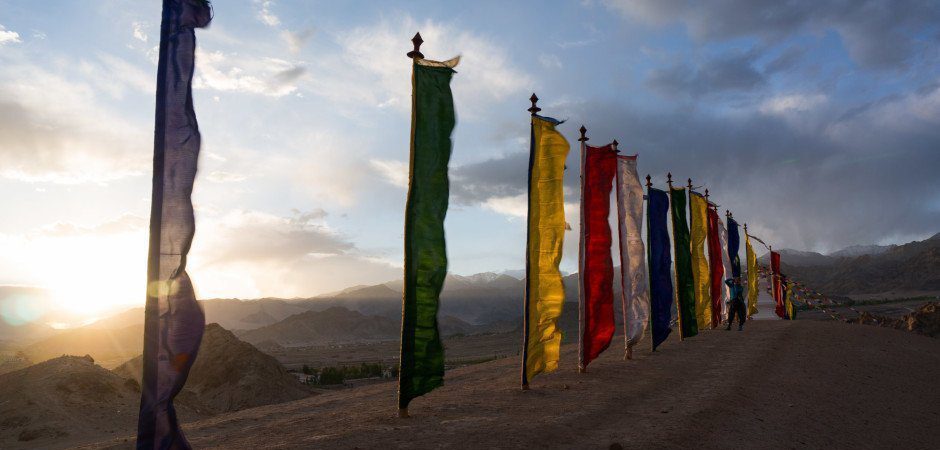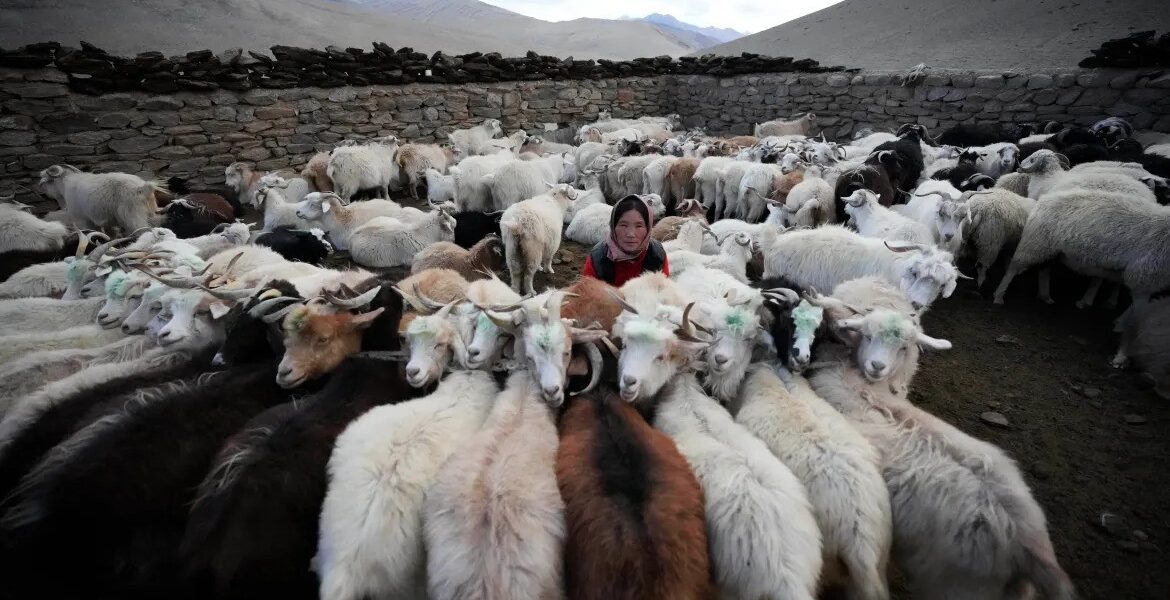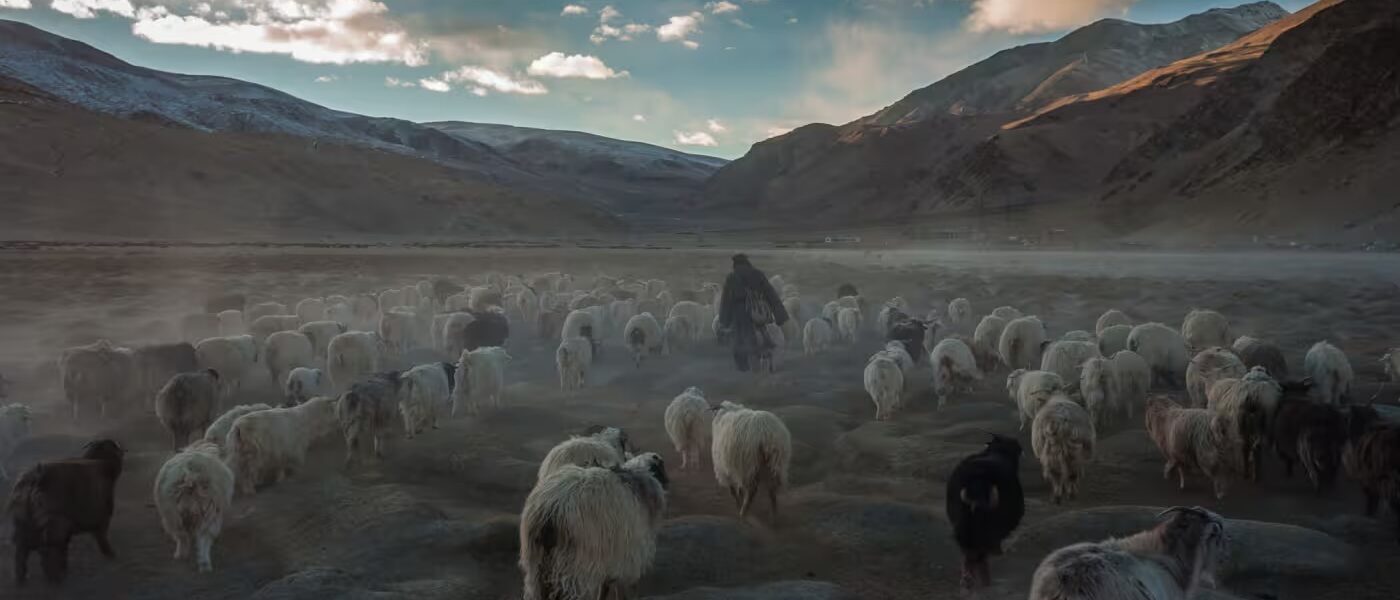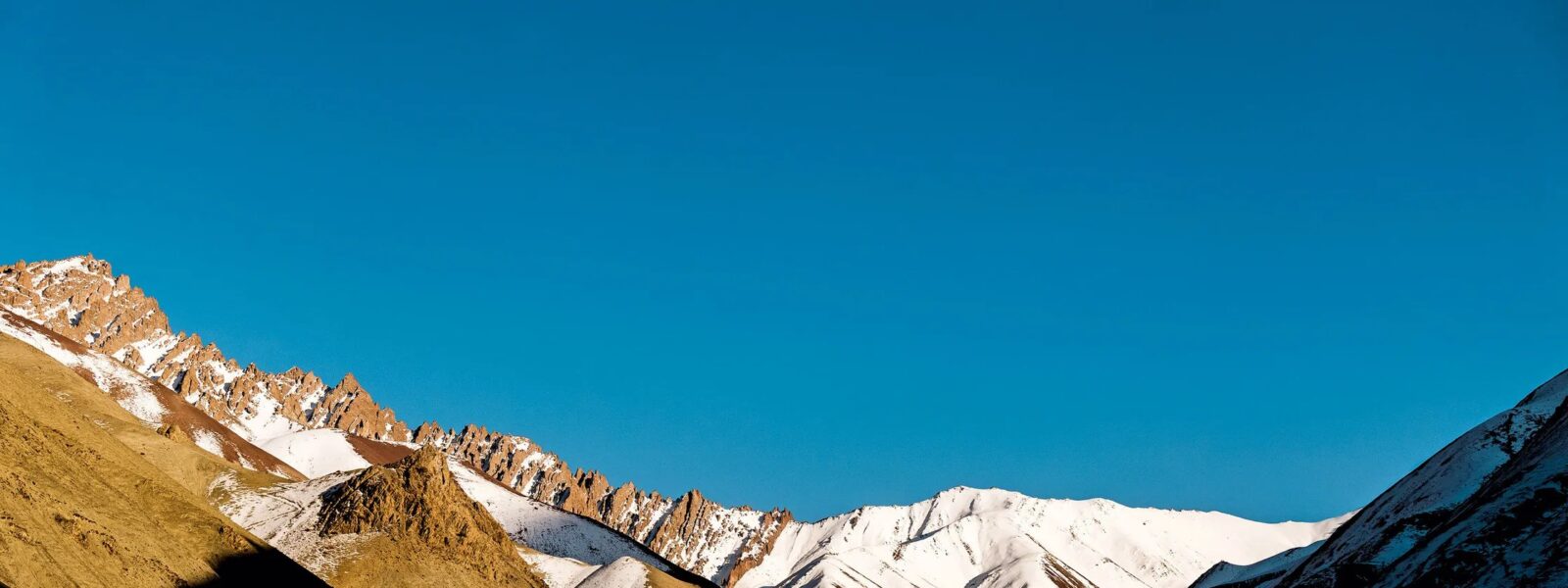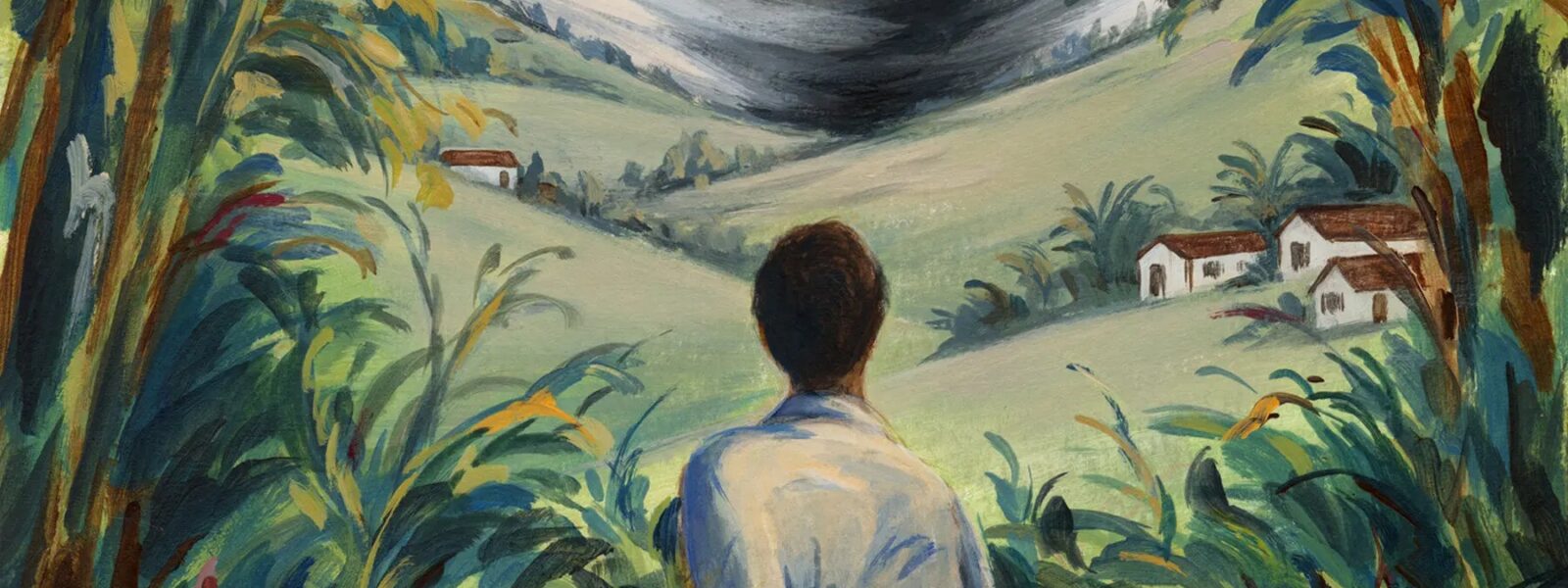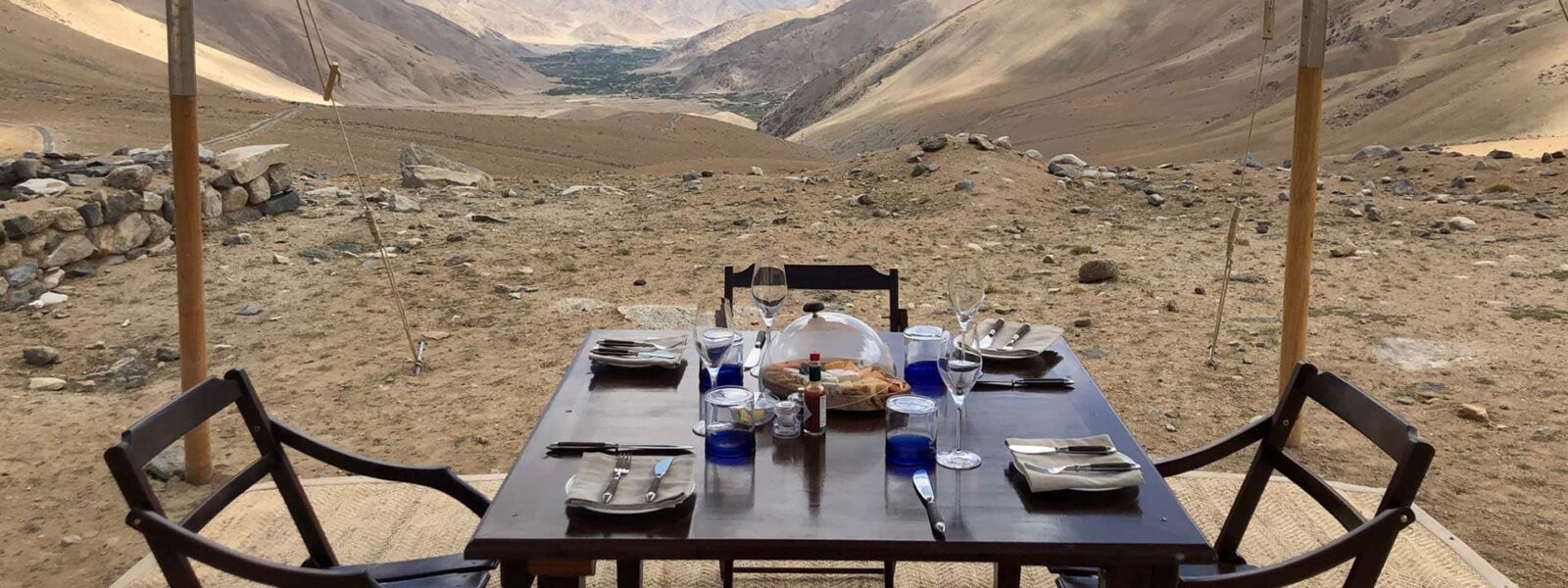Introduction
Ladakh, a high-altitude desert in northern India, is known for its stunning landscapes, ancient monasteries, and rich cultural heritage. However, beyond its breathtaking visuals, Ladakh possesses a unique acoustic identity—a soundscape shaped by nature’s elements, traditional music, and spiritual practices.
From the howling winds of its vast valleys to the deep vibrations of Buddhist chants, Ladakh offers an unparalleled sensory experience. The region’s geography, extreme climate, and spiritual traditions all contribute to its distinctive soundscape, making it a fascinating subject for travelers, researchers, and cultural enthusiasts.
In this article, we will explore both natural and man-made sounds that define Ladakh, revealing the hidden auditory treasures of this mystical land.
Natural Sounds of Ladakh – The Music of the Mountains
The Echoing Winds of Ladakh’s Valleys
Ladakh’s vast, open landscapes create a unique interaction between wind and terrain, producing a wide range of whistling, howling, and echoing sounds. As the wind rushes through narrow gorges, steep cliffs, and barren plateaus, it generates deep and haunting acoustics that resonate across the region.
How the Geography Amplifies Wind Sounds
- The high-altitude passes and valleys act as natural wind tunnels, amplifying sound.
- Canyons and rock formations create echoes, making the wind’s presence even more pronounced.
- At certain times of the day, particularly during the early morning and late evening, the wind intensifies, creating a dramatic and eerie atmosphere.
The Role of Wind in Ladakhi Culture
- The wind is often considered a spiritual force, carrying prayers and blessings across the land.
- Many monasteries and stupas are strategically built on windy hilltops to enhance the experience of meditation through natural sounds.
Travelers visiting Ladakh can feel and hear the power of the wind at places like Khardung La, Changthang Plateau, and the Nubra Valley, where the interaction of wind and landscape creates an unforgettable auditory experience.
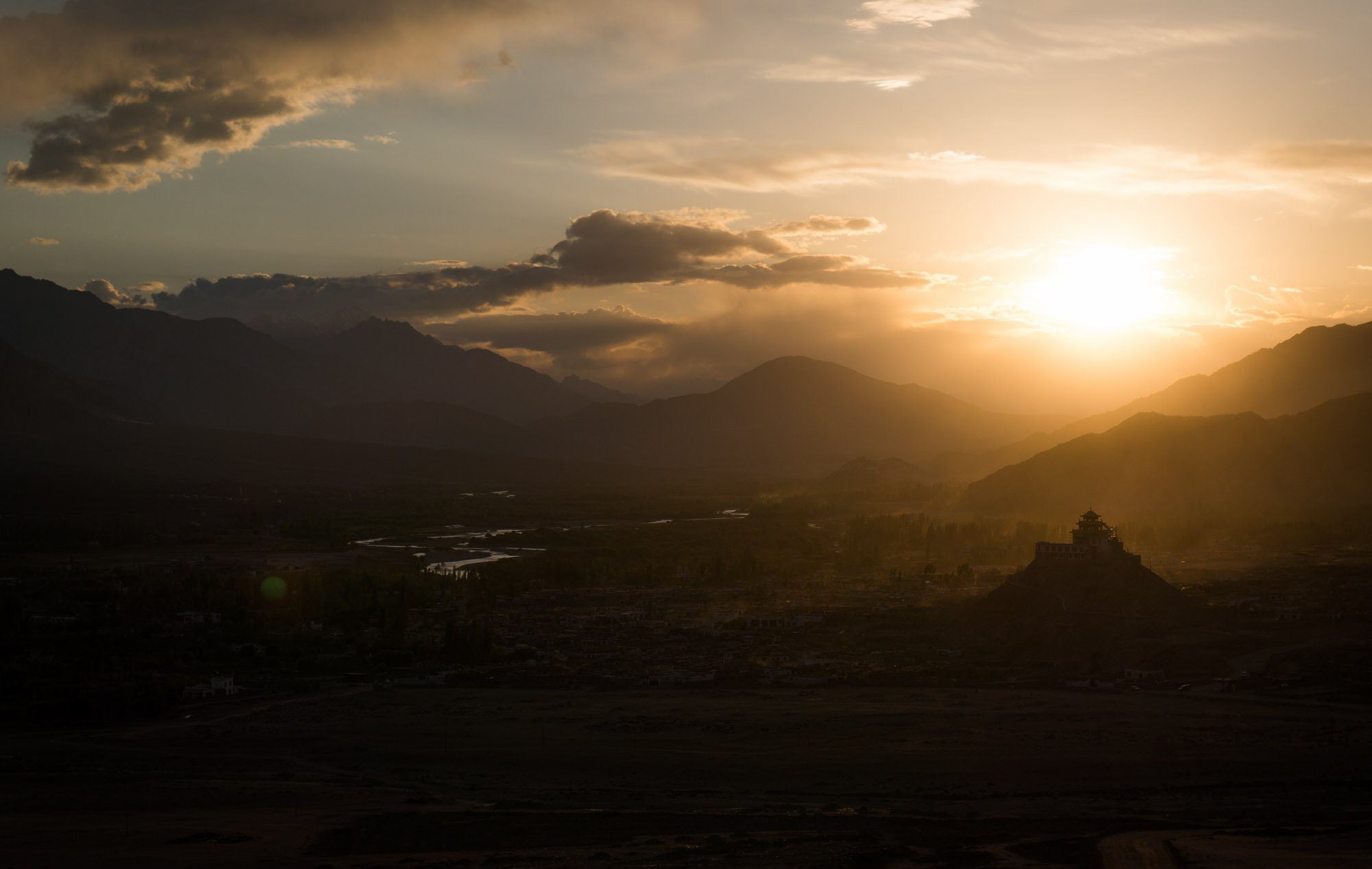
The Cracking Ice and Frozen River Symphony
Ladakh’s extreme cold temperatures lead to the freezing of rivers, lakes, and waterfalls, creating breathtaking yet eerie sounds as the ice expands, contracts, and breaks.
Why Ice Makes Sounds in Ladakh
- During winter, temperatures drop to -20°C or lower, causing the Zanskar River and Pangong Lake to freeze.
- As the ice forms, it traps air bubbles, which create high-pitched popping sounds when released.
- The constant shifting and cracking of ice sheets results in deep rumbles and occasional sharp cracks.
Famous Places to Hear Ice Cracking Sounds
- The Chadar Trek: The frozen Zanskar River produces loud cracking and creaking sounds as trekkers walk over it.
- Pangong Lake in Winter: The shifting ice layers create whispers and deep groans, adding to the lake’s mysterious charm.
These sounds, although natural, are almost otherworldly, giving travelers a rare opportunity to experience the hidden symphony of frozen landscapes.
Whispering Streams and Gushing Rivers
Ladakh’s glacial rivers and mountain streams create a melodic harmony of rushing water, which contrasts beautifully with the otherwise barren and silent landscapes.
The Different Water Sounds of Ladakh
- Gentle streams in the valleys produce soft, trickling sounds, offering a calming effect.
- The Indus and Zanskar rivers create powerful, roaring torrents as they navigate through rugged gorges.
- During summer, when snow melts, the rivers become more forceful, generating thunderous echoes.
How Ladakh’s Water Sounds Influence Spirituality
- Many monasteries and meditation retreats are built near rivers and lakes to take advantage of the tranquil sounds.
- The concept of flowing water as a metaphor for life is deeply embedded in Ladakhi culture and Buddhist teachings.
For those seeking peace and relaxation, sitting by the Indus River at sunset offers a natural form of meditation—a perfect blend of sight, sound, and serenity.
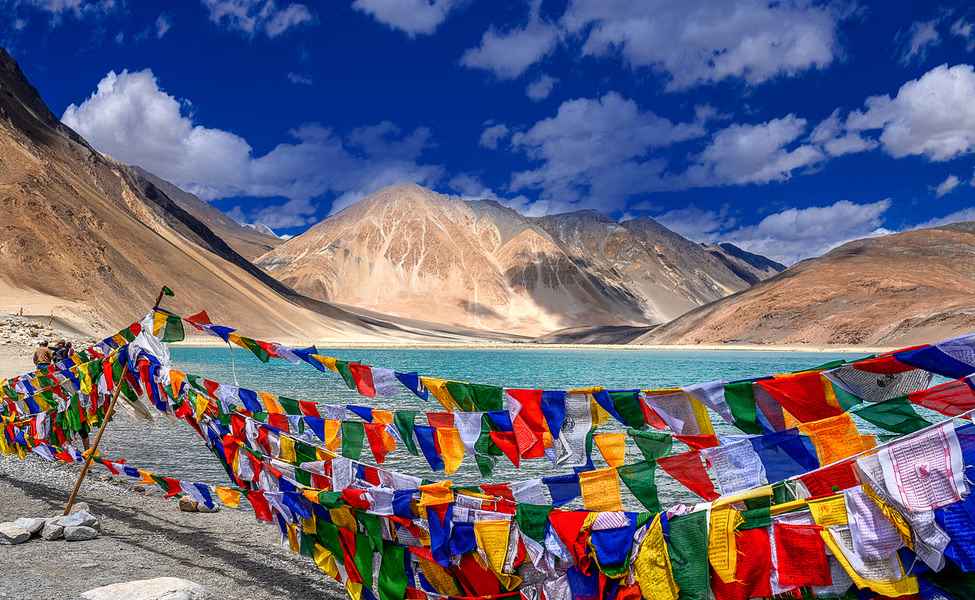
The Silence of the High Himalayas – A Rare Soundscape
Silence is one of Ladakh’s most profound and defining elements. Unlike bustling cities or even other mountain destinations, many parts of Ladakh are completely devoid of noise pollution.
Why Silence is So Powerful in Ladakh
- High-altitude deserts and remote monasteries experience almost zero human-made noise.
- The lack of dense vegetation means fewer animals and insects, reducing ambient noise.
- This deep silence allows for heightened awareness of small, subtle sounds—from distant prayer flags flutteringto the faint murmur of a hidden stream.
Spiritual and Psychological Effects of Ladakh’s Silence
- Silence plays a crucial role in Buddhist meditation, helping monks and practitioners focus.
- Many travelers describe the experience as awe-inspiring, grounding, and transformative.
For those in search of solitude and introspection, Ladakh’s silent landscapes offer a rare opportunity for deep reflection and spiritual connection.
Man-Made Sounds – The Cultural and Spiritual Rhythms of Ladakh
The Sacred Chants of Buddhist Monasteries
Ladakh is home to some of the most ancient Buddhist monasteries, where monks perform ritual chants and prayersthat create a deeply immersive soundscape.
Types of Buddhist Chants in Ladakh
- Tibetan throat singing – A deep, resonant chanting style.
- Mantra recitations – Sacred verses repeated for spiritual energy.
- Hymnal recitations – Sung prayers accompanied by ritual instruments like bells and cymbals.
Famous Monasteries to Experience Buddhist Chants
- Thiksey Monastery: Famous for its early morning prayer sessions.
- Hemis Monastery: Home to one of the largest Buddhist festivals with chanting rituals.
- Diskit Monastery: Offers an intimate chanting experience.
The sound of monastic chanting is often accompanied by the distant hum of prayer wheels, creating a meditative and serene ambiance.
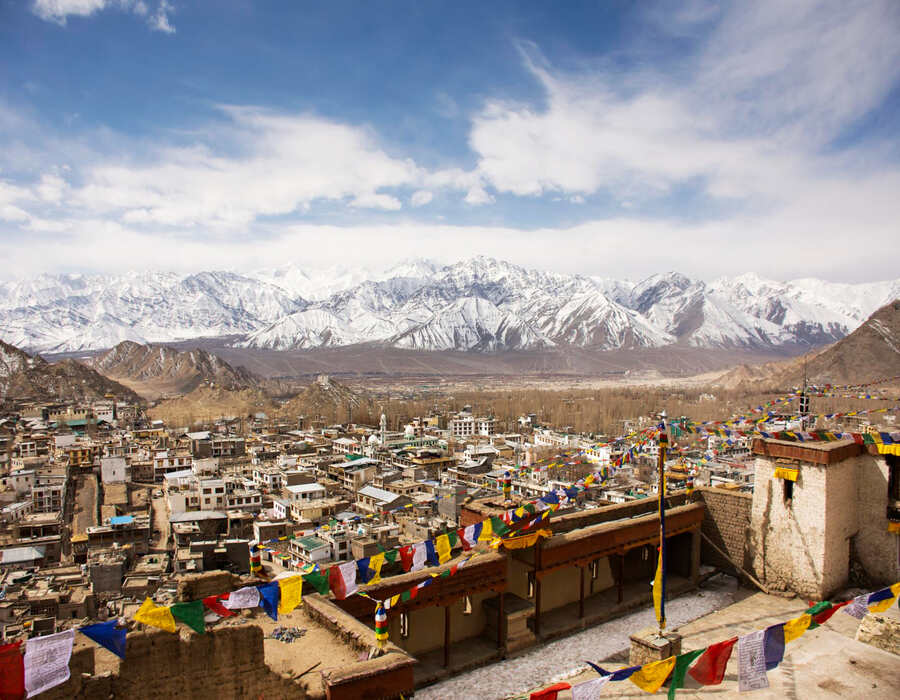
The Resonance of Tibetan Singing Bowls
Tibetan singing bowls, used both in monasteries and meditation centers, produce a deep, vibrational sound believed to heal the body and mind.
Why Singing Bowls are Important in Ladakh
- The vibrations help in sound therapy and relaxation.
- Monks use them to enhance meditation and focus.
- Many travelers participate in sound healing sessions to experience their effects.
If you visit Leh or a meditation retreat, experiencing the soothing sounds of singing bowls is a must.
The Rhythmic Beats of Ladakhi Folk Drumming
Drumming holds a sacred and celebratory place in Ladakhi culture, accompanying festivals, rituals, and traditional performances. The beats of traditional percussion instruments like the Daman (a large handheld drum) and Nga (a double-headed drum used in monastic rituals) create a hypnotic and rhythmic experience.
Traditional Drumming in Ladakh’s Festivals
Drumming is an essential part of Ladakh’s vibrant festivals, where it is combined with dancing, chanting, and instrumental music.
- Hemis Festival – The beats of monastic drums set the rhythm for the famous masked dance performances.
- Losar (Ladakhi New Year) – Drummers lead processions through villages, bringing in the New Year with energetic rhythms.
- Galdan Namchot – Drums accompany traditional folk songs celebrating the birthday of Tsongkhapa, the founder of the Gelug school of Tibetan Buddhism.
The deep, resonating beats of Ladakhi drums are more than just music—they are expressions of history, identity, and spirituality.
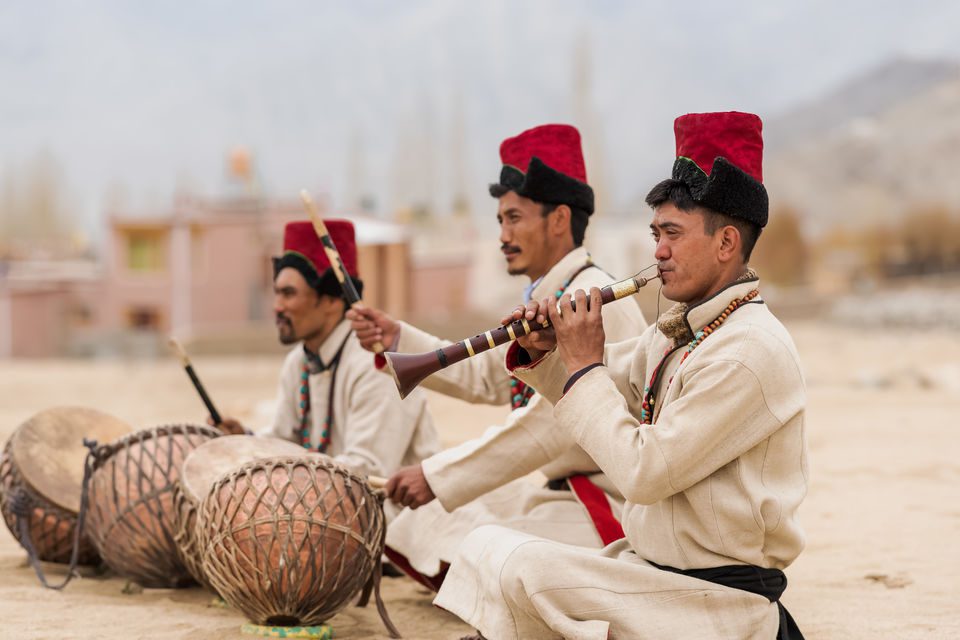
The Distinctive Melodies of Ladakhi Folk Songs
Folk music in Ladakh is deeply intertwined with storytelling, spirituality, and daily life. Unlike modern music, these traditional melodies are passed down orally through generations.
Themes of Ladakhi Folk Music
Ladakhi folk songs often explore love, nature, and Buddhist teachings:
- Ballads of love and separation – Songs about lovers separated by mountain passes.
- Songs of nature and gratitude – Melodies celebrating the beauty of Ladakh’s landscapes.
- Monastic hymns – Spiritual songs narrating the teachings of Buddha.
Famous Instruments in Ladakhi Folk Music
Ladakh’s unique musical heritage is reflected in its traditional instruments:
- Dra-nyen – A lute-like instrument, commonly played by folk singers.
- Chang flute – A bamboo flute producing high-pitched melodies.
- Surna and Daman – Played together to create upbeat folk tunes during celebrations.
These timeless melodies, sung in the local dialect, capture the soul of Ladakh and transport listeners to a simpler, more harmonious way of life.
The Buzzing Prayer Wheels and Ritual Bells
The gentle humming of prayer wheels is one of Ladakh’s most iconic sounds, found near monasteries, stupas, and even in marketplaces.
How Prayer Wheels Create Sound
- When spun, prayer wheels emit a low hum, caused by their internal mechanics.
- The spinning is believed to release prayers into the universe, making it an act of spiritual devotion.
- Some prayer wheels have bells attached, producing a soft chime with each rotation.
The Ritualistic Sound of Bells in Ladakh
Bells are an essential part of monastic rituals, rung to:
- Mark the beginning of prayer sessions.
- Purify the surroundings before meditation.
- Accompany chants and offerings.
At monasteries like Thiksey and Diskit, the sound of bells, chants, and humming prayer wheels creates a deeply spiritual atmosphere, offering visitors a meditative and tranquil experience.
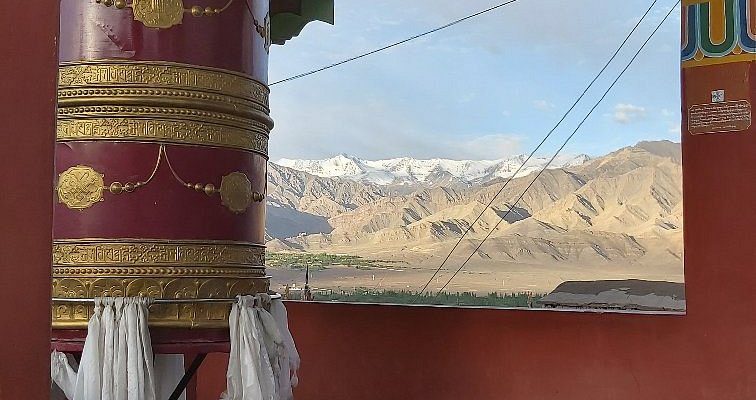
The Influence of Ladakh’s Soundscape on Meditation and Spirituality
How Ladakh’s Sounds Enhance Meditation Practices
Ladakh’s natural silence, wind, water, and monastic sounds make it a perfect destination for meditation and spiritual retreats.
- Monks use sound as a tool for deep concentration—chanting, bell-ringing, and drumming create vibrational energy that helps focus the mind.
- Many meditation centers in Ladakh offer guided sound meditation, where natural and man-made sounds are integrated to enhance mindfulness.
For those seeking inner peace, meditating in Ladakh while listening to its natural and cultural soundscape is a transformative experience.
The Role of Sound Healing in Ladakhi Culture
Ladakh is also a hub for sound healing, where Tibetan singing bowls, throat singing, and natural sound therapy are used for mental and physical well-being.
The Science Behind Sound Healing
- Tibetan singing bowls produce vibrations that reduce stress and anxiety.
- Monastic chants are believed to align body frequencies and promote healing.
- Wind and water sounds are used in meditation to induce deep relaxation.
Where to Experience Sound Healing in Ladakh
- Monasteries like Hemis and Thiksey offer traditional chant-based healing sessions.
- Wellness retreats in Leh specialize in singing bowl therapy.
For those interested in holistic healing, Ladakh’s ancient sound traditions offer a truly authentic and enriching experience.
Experiencing Ladakh’s Unique Soundscape as a Visitor
Best Places to Experience Ladakh’s Acoustic Wonders
For travelers wanting to explore Ladakh’s unique sounds, here are some must-visit places:
- Hemis Monastery – Experience the deep chanting of monks.
- Pangong Lake (Winter) – Listen to the shifting ice create haunting sounds.
- Nubra Valley – Hear the whispering wind and echoes of the desert landscape.
How to Record and Preserve Ladakh’s Sounds
For photographers and sound recordists, Ladakh offers a treasure trove of acoustic experiences.
Tips for Capturing Ladakh’s Sounds
- Use high-quality microphones to capture the subtle sounds of wind and water.
- Record early in the morning for pure, undisturbed monastery chants.
- Always ask permission before recording sacred rituals or folk performances.
By preserving these sounds, we can ensure that future generations can appreciate the magic of Ladakh’s auditory landscape.
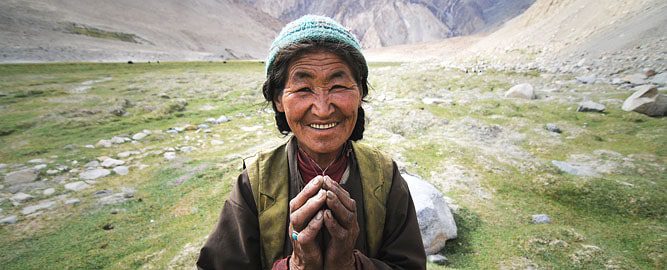
Conclusion
Ladakh’s soundscape is as breathtaking as its landscapes, offering a rare and immersive auditory experience. From the howling winds of the valleys to the soothing chants of Buddhist monks, every sound tells a story of nature, culture, and spirituality.
Whether you are a traveler, a seeker of spiritual experiences, or an acoustic explorer, Ladakh offers a once-in-a-lifetime opportunity to listen to the harmonious blend of natural and man-made sounds.
So, the next time you visit Ladakh, don’t just look—listen. You might discover a hidden symphony that speaks to your soul.
Frequently Asked Questions (FAQs)
1. What makes Ladakh’s soundscape unique?
Ladakh’s high-altitude geography, extreme weather, and rich spiritual traditions contribute to its distinctive natural and cultural sounds. Unlike any other region, you can hear the silence of the mountains, the echoes of the wind, and the rhythmic beats of ancient Buddhist rituals.
2. Where can I experience Ladakh’s natural soundscape?
Some of the best places include Pangong Lake (for ice sounds), Nubra Valley (for wind echoes), and the Indus River (for water sounds).
3. What are the main instruments used in Ladakhi music?
Traditional instruments include the Daman (drum), Surna (oboe-like wind instrument), Dra-nyen (Ladakhi lute), and Chang flute.
4. How does sound influence meditation in Ladakh?
Monks use chanting, drumming, and singing bowls to deepen meditation. Natural sounds like wind and water also help enhance mindfulness and relaxation.

